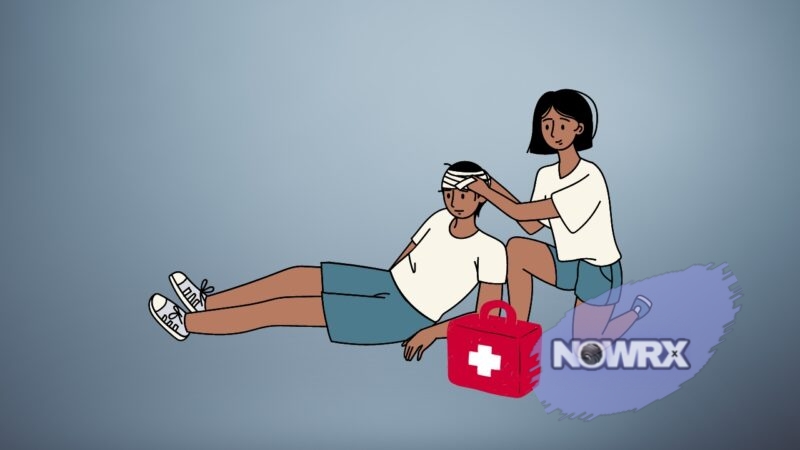First aid, a crucial component of emergency care, is often the first line of defense in medical situations. Among the various techniques and mnemonics used in first aid, SAM stands out as an essential and easily remembered tool.
This post is about the meaning and significance of SAM in first aid, alongside details regarding its application and relevance.
| Information | Geographic Region | Percentage/Statistic |
|---|---|---|
| People feeling helpless due to lack of first aid knowledge | General | 70% |
| Annual first aid training participation | United States | 12 million people |
| Frequency of workplace injuries | United States | Every 7 seconds |
| Bystander CPR in out-of-hospital cardiac arrest incidents | General | 39.2% |
| Impact of bystander CPR on survival | General | Doubles/triples survival |
| UK adults confident enough to perform CPR | United Kingdom | 33% not confident |
| Ambulance response time | Australia | 8 minutes |
| People confident to administer first aid | United Kingdom | 8% |
| Leading cause of death among children | United States | Unintentional injuries |
| Parents witnessing child choke vs. first aid knowledge | General | 40% witnessed, >75% feel insecure |
| Confidence in administering the Heimlich maneuver | General | 57% |
| Lives saved annually due to first aid training in workplaces | United Kingdom | 1,100 lives |
| Workplace injuries and illnesses preventable by first aid training | General | 1 million |
| Prevention of bicycle-related injuries with first aid skills | General | Up to 46% |
| People responding to a family member’s or friend’s emergency | General | More than 90% |
| Annual deaths due to cardiac arrest and potential impact of bystander CPR | United States | 475,000 deaths, CPR can save half |
| Increase in survival rates following a traumatic injury with first aid | General | Up to 80% |
SAM in First Aid
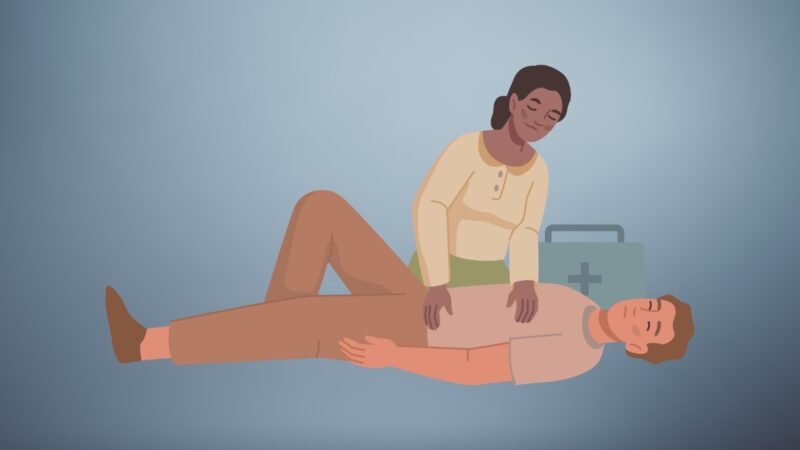
SAM, in the context of first aid, stands for “Stop, Assess, and Manage.” This mnemonic contains a systematic approach to emergency situations, guiding first responders in how to act effectively and efficiently when faced with a potential medical crisis. Let’s break down each component of SAM.
(S)top
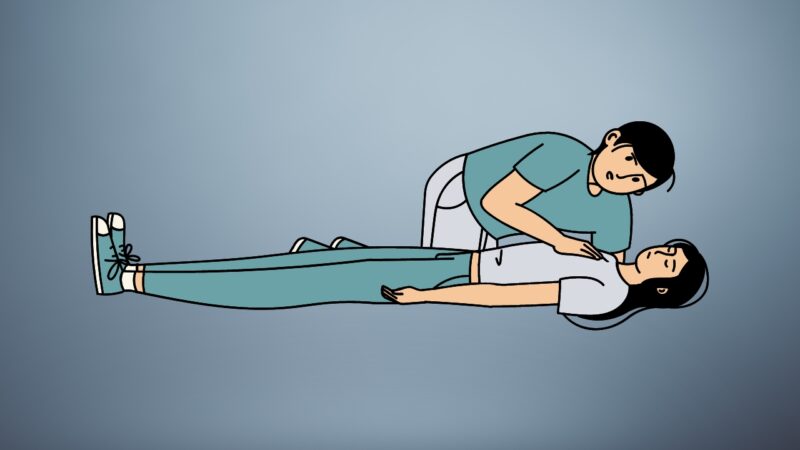
The first step, “Stop,” emphasizes the importance of pausing and not rushing into a situation. In the chaos of an emergency, the instinct might be to act immediately. However, this step is crucial for ensuring the safety of both the responder and the casualty.
It involves stopping to assess the situation for potential risks like traffic, fire, or other hazards. This initial pause allows the responder to gain control of their own emotions and approach the situation calmly.
(A)ssess
“Assess” involves evaluating the casualty and the environment. This includes checking for responsiveness, assessing breathing and circulation, and identifying any immediate life-threatening conditions.
The assessment phase is critical as it determines the course of action. It’s not just about looking at the casualty but also understanding the situation – for example, considering if additional help is needed, or if there’s any immediate danger to the casualty or the responder.
(M)anage
The final step, “Manage,” is about taking appropriate action based on the assessment. This could range from calling emergency services to performing CPR, controlling bleeding, or simply comforting the casualty.
This step requires the responder to utilize their first aid knowledge and skills effectively. The management should be continual, with the responder constantly reassessing the situation and the casualty’s condition until professional help arrives.
Why Is SAM So Important?
SAM’s significance in first aid cannot be overstated. It provides a structured approach to handling emergencies, reducing panic, and improving the effectiveness of the response.
Additionally, adhering to proper hygiene practices, such as wearing gloves and cleaning wounds thoroughly, is crucial for lowering the risk of infection when giving first aid care.
By following SAM, first responders can ensure that they are not putting themselves or the casualty in further danger, that they are accurately assessing the situation, and that they are providing the most appropriate care.
Training and Education in First Aid
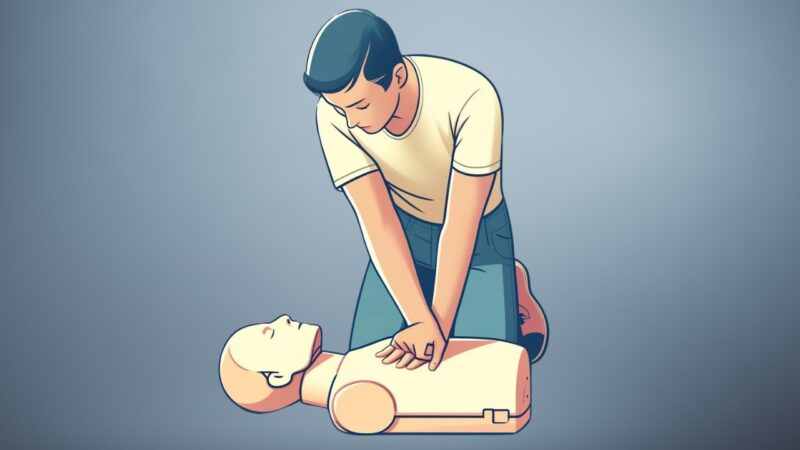
To effectively implement SAM in real-life situations, proper training and education in first aid are essential. This includes learning how to recognize different types of medical emergencies, understanding basic life support techniques, and practicing skills like bandaging, splinting, and performing CPR. Training courses are widely available through organizations like the Red Cross and St. John Ambulance.
It’s Crucial to Stay Calm
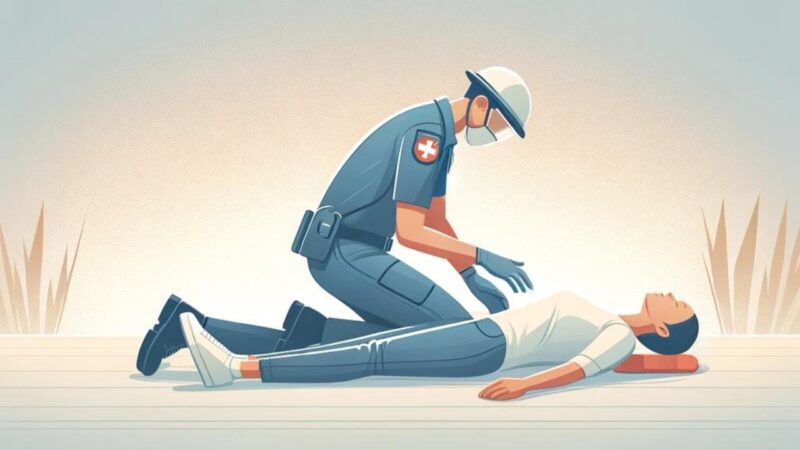
While SAM is a valuable tool, it has its limitations. It requires the responder to remain calm and think clearly under pressure, which can be challenging in a high-stress situation. Furthermore, the effectiveness of SAM depends on the responder’s level of training and experience.
In some complex medical emergencies, even well-trained individuals might find it difficult to manage the situation effectively.
Summary
SAM, standing for Stop, Assess, and Manage, is a fundamental mnemonic in first aid that guides responders through a systematic approach to emergency situations. Its importance lies in its simplicity and effectiveness, providing a clear framework for action.
Continuous training and education are crucial for anyone looking to be proficient in first aid, and staying updated with the latest advancements is equally important. SAM, while straightforward, forms the backbone of effective emergency response, proving that sometimes the simplest tools can be the most powerful in saving lives.
I’m Alastair Watt, a pharmacist with decades of experience in the industry. Recently, I’ve decided to pursue my writing passion, and it resulted in my content at nowrx.com and collaboration with many other websites.

